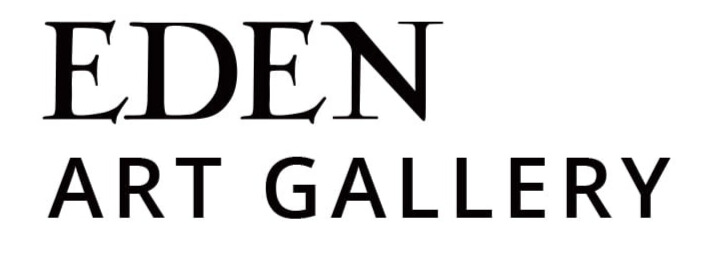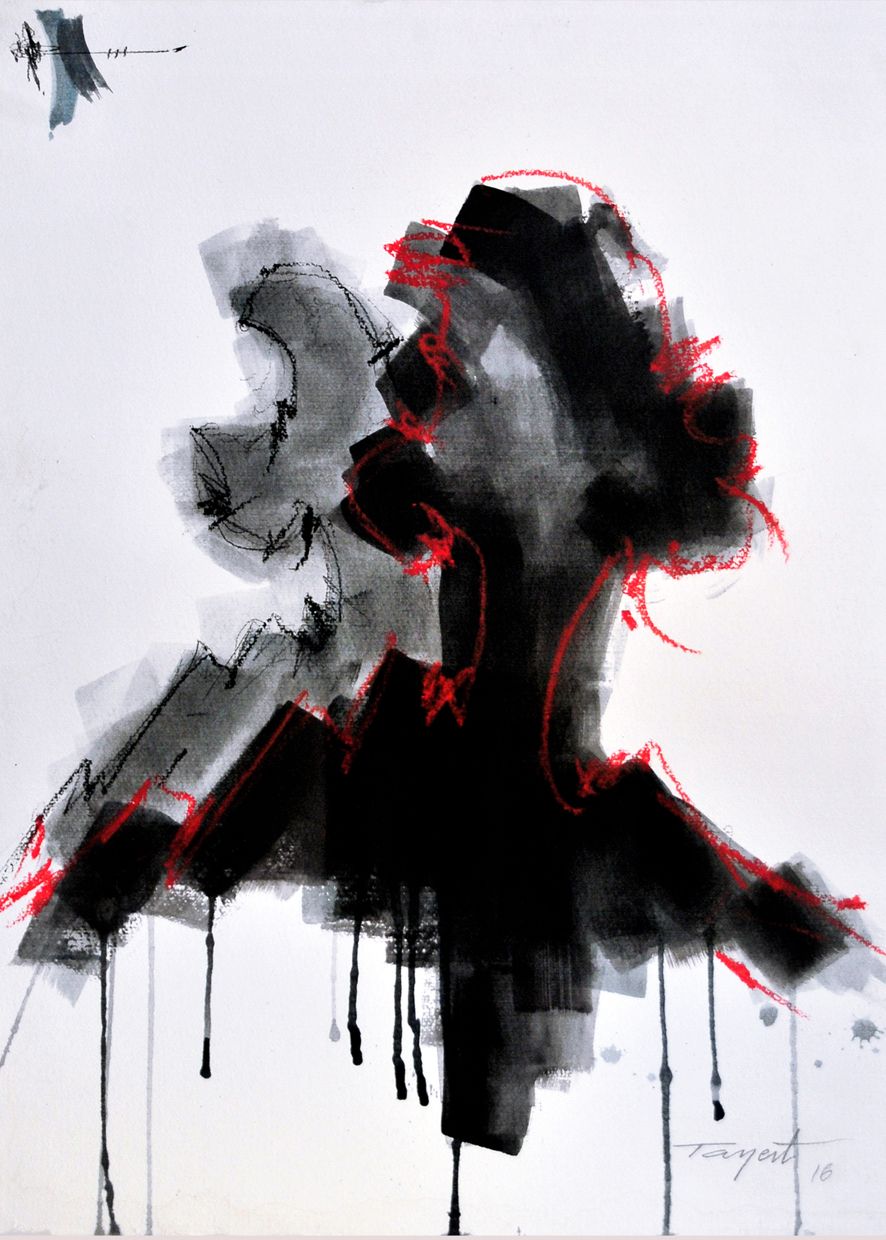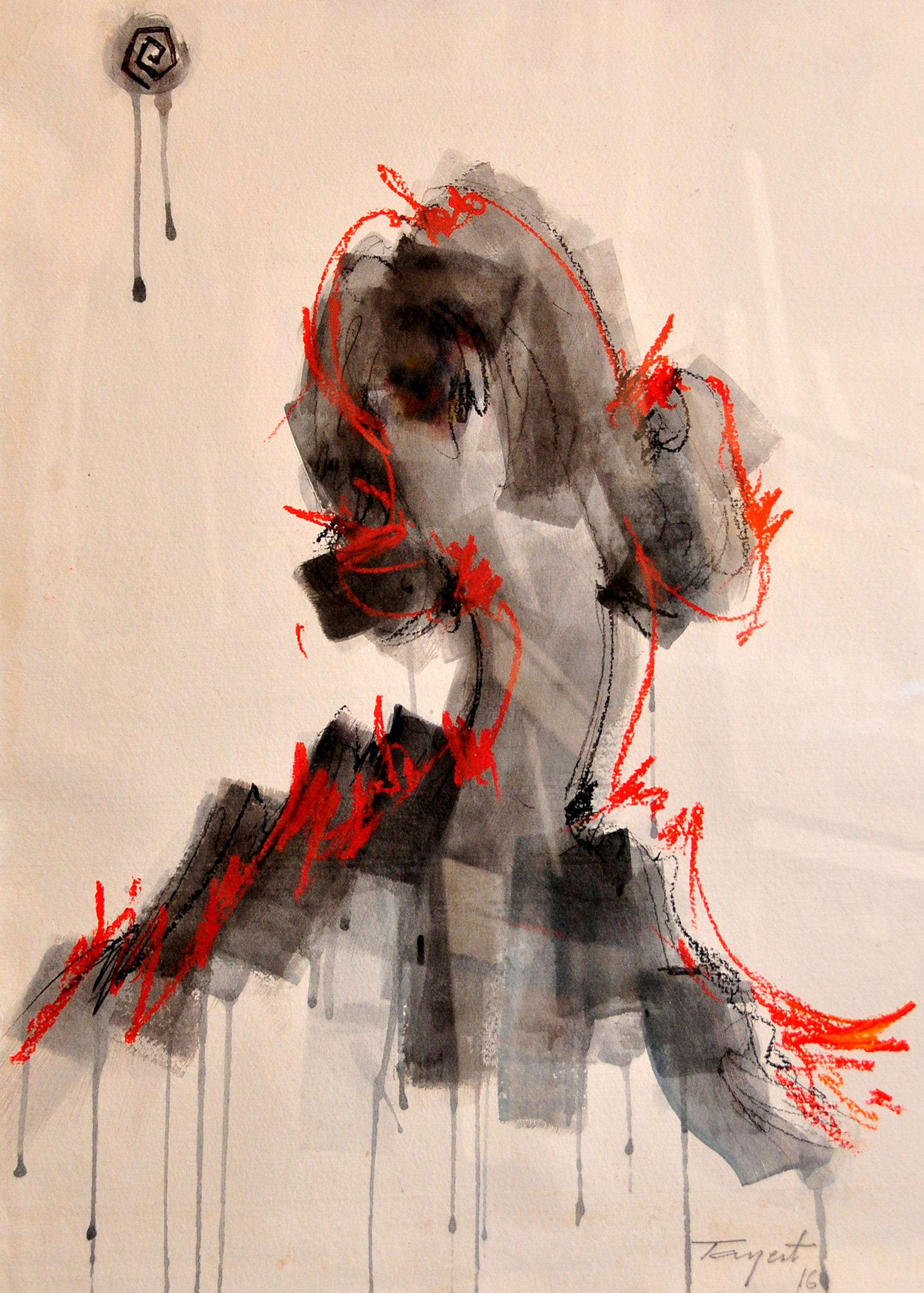The usurpation of a work
Counterfeiting can therefore take various forms, the act of use occurring at any time between the manufacture and sale of the product. In all these cases, counterfeiting therefore involves the idea of deceiving, of counterfeiting. It is the industrial property right that is targeted because the mark is counterfeit. Admittedly, the mark is not limited to its logo, but to a descriptive set devoted to the registration which may stipulate a form, a design, a style, etc. But this set can imply distinctions and, worth a different protection.
Civil or criminal action ?
An action for infringement can only be applied on the basis of an industrial property title, that is to say after registration of the mark. In the absence of filing, the action becomes inadmissible. The owner then places himself on the ground of unfair competition where a fault must be proved.
Meaning of the similarity in Intellectual Property
A sound or visual meaning induces for a nominal mark, the use of consonances close to those of the first mark. Phonetic or graphic similarities will therefore be analyzed, the phonetic imitation being sufficient in itself to create a risk of confusion. As with all counterfeit facts, imitation will only be penalized if it concerns the use of the characteristic elements of the authentic mark. The synthetic approach, more than the analytical approach, is considered.
For figurative marks, the judges will first look for the overall visual impression that emerges from the two compared marks. As for intellectual imitation, the motive will be to provide subjective elements giving the audience an impression of analogy.
Trademarks should be taken on their own, regardless of their conditions of use. Generally speaking, imitation, like any counterfeit, is appreciated by the overall similarities and differences.
The requirement of proof
For copyright, the author will have to prove disclosure of the work under his name. It is therefore necessary to keep traces of the realization so that the faith of the originality is proved.
The notion of membership by deposit is essential the creator must bring his duly registered intellectual property title and must, if the validity of his model is contested, demonstrate, notably thanks to the negative certificate of deposit, the novelty and the specific character of it. this.
Pour une marque, le titulaire devra apporter son titre de propriété intellectuelle dûment renouvelé et exploité. Notons que si une marque n’est pas exploité pendant 5 ans suivi, une procédure de déchéance pourra faire annuler, via une procédure encadrer par l’OMPIC, l’appartenance à la marque.
Quelque soit la nature de la demande la preuve revient au demandeur. Le recours à un constat d’huissier sera alors vivement recommandé, notamment lorsque la contrefaçon est présente sur Internet.
Pour cela, il devra démontrer que son œuvre, son modèle, sa marque ou son brevet ont été reproduits sans autorisation.
For example, in copyright matters, it must be established that it is the elements characterizing the originality of the work that have been reproduced. The presence of minimal differences may not constitute an obstacle to the characterization of the infringement as long as the similarities prevail and relate to the characteristic elements of the work.
Finally, the plaintiff will have to justify his damage by proving his lost profit, possible decreases in turnover on his side, a misappropriation or degradation of his creation, etc … Compensation is made only according to the actual damage. suffered. will be compensated; in fact, Moroccan law does not (yet) admit American-style “punitive damages”.The infringement action cannot go beyond the registration title. If a forfeiture, waiver, or a request for invalidity occurs, the action will now focus on the establishment of the new title deed. There is one exception: a registration request is sufficient for an infringement action to be admissible. However, the court must stay the proceedings until the filing is published. Thus, facts subsequent to the application for registration, but prior to the publication of the application, are not considered to have infringed the private rights attached to the title.
More and more a brand is the victim of counterfeiting. The legal arsenal protecting it is certainly effective but remains imperfect in the face of the proliferation of counterfeiting. The Internet has given a different face to this illegal trade, which has become very difficult to control. Faced with this state of affairs, a new problem arises. How will the brand of tomorrow look ?
By Fatim Zahra TAHIRI


